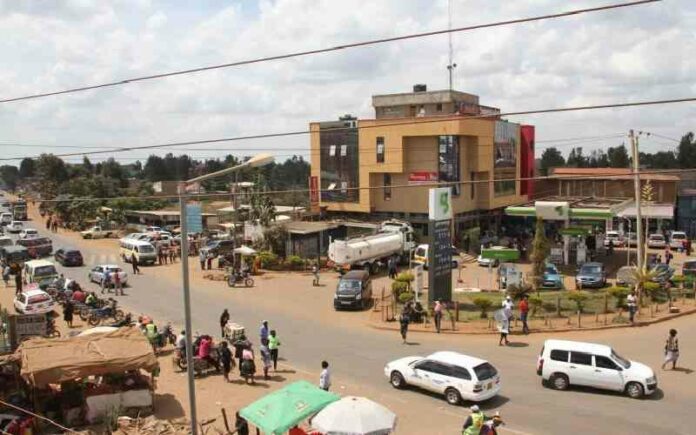The Economic Inclusion Programme is a joint initiative of the Government of Kenya and the World Bank, aimed at reducing poverty and empowering poor and vulnerable households in Murang’a County.
The sub-counties of Murang’a that will be targeted with the programme are Murang’a East and Murang’a South. It will include 1500 families.
Every month, Sh. 2000 will be allowed to the selected households to cater for basic needs, while Sh. 30000 will be for one-off seed capital to be used in income-generating projects.
This is supposed to mention the expected impact: create jobs, improve livelihoods, and reduce poverty rates in the targeted communities.
The Economic Inclusion Programme, a Kenyan government and World Bank joint scheme will considerably beef up the financial bankroll for vulnerable families in Murang’a County.
Launched in Murang’a, Kisumu, Taita Taveta, Makueni, and Marsabit, the program targets the most vulnerable households to ensure critical aid reaches those who need it most.
Lucy Gakera, the Social Services Coordinator at Murang’a County, joined in appreciation of the twofold approach towards the project.
“The Sh. 2000 monthly support is meant to help families purchase food and essential commodities,” Lucy Gakera explained.
How To Win Government Tenders In Kenya
“The seed capital, disbursed in two tranches of Sh. 20000 and Sh. 10000, will enable families to establish. income-generating projects.”
Gakera further emphasized the importance of using the funds wisely. “Our mentors are on the ground, ensuring that families utilize the funds wisely and invest in projects that can provide a lasting solution to their vulnerability,” she added.
The beneficiaries were identified from a master single register compiled in 2022 that categorized households based on their level of vulnerability.
The opening of bank accounts for the beneficiaries has started, and the money is expected to start rolling out by the end of July.
The current social protection system in Kenya is mainly offered through caSh. transfer programs, National Social Security Fund, and National Health Insurance Fund; therefore, this program will complement the same.
These programs cover household food security, child education, retirement benefits, and health insurance. However, problems with implementation and coverage have prevented them from reaching everyone.
It has about 813,381 households in the field, and it mostly implements cash transfer social assistance programs countrywide.
In addition, there is the NSSF with some 4.6 million members and NHIF with approximately 2.7 million contributory members and 10 million dependents.
Notwithstanding these many activities and many more, a more comprehensive and inclusive mechanism of social protection is needed.








